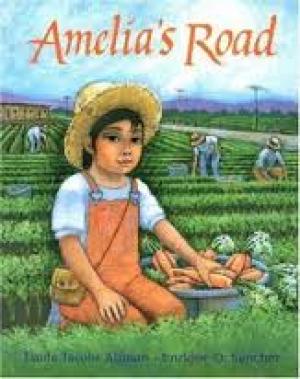Illustrated by:
A range of forest inhabitants are presented imaginatively in a variety of poetic styles. From the "Bucktoothed Cleaver" (a beaver) to the chipmunks that invest in the "Acorn Savings Bank," poetry and illustrations allow readers to see animals afresh.










